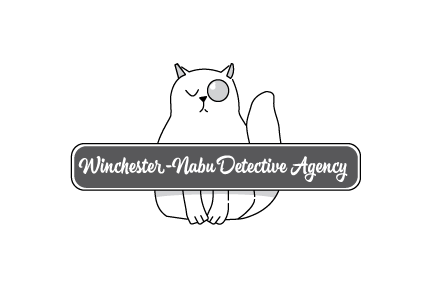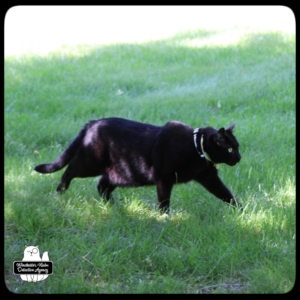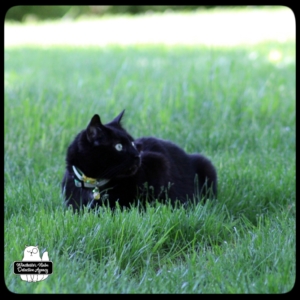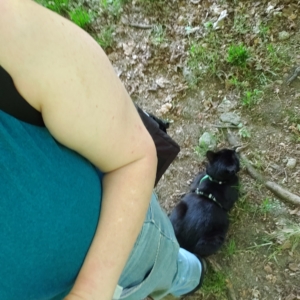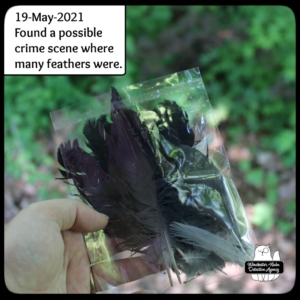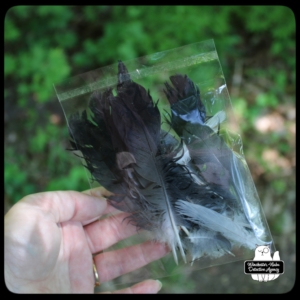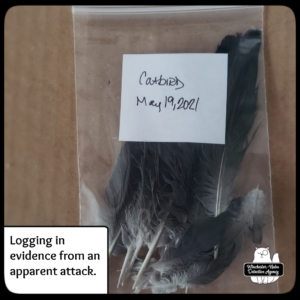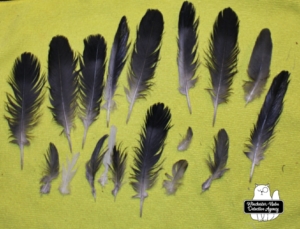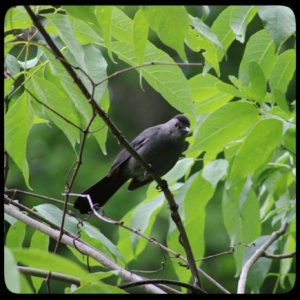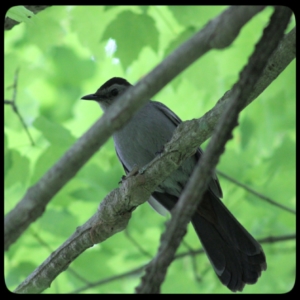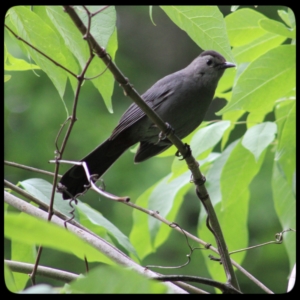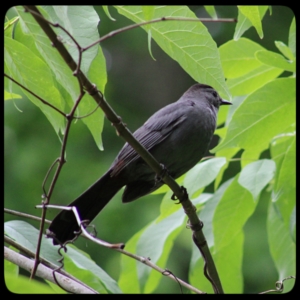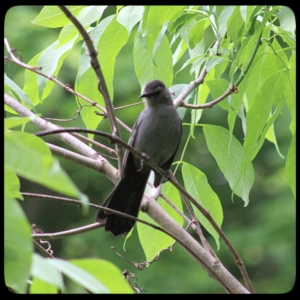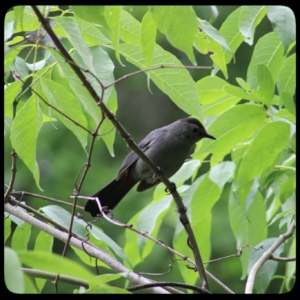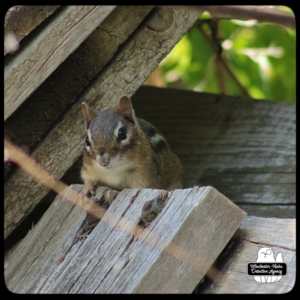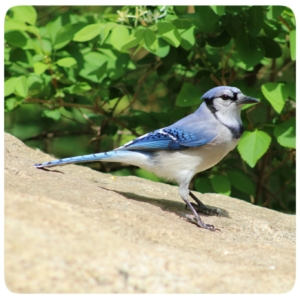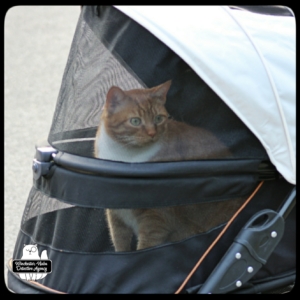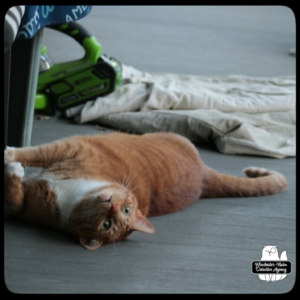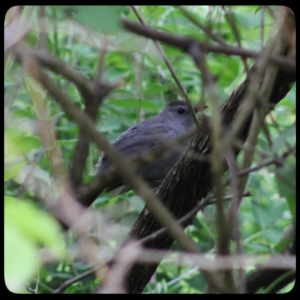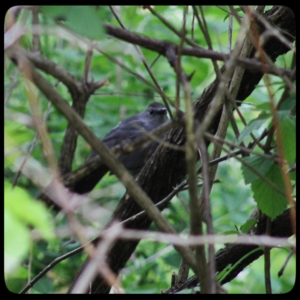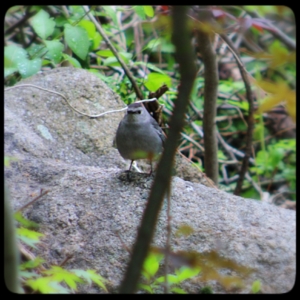Winchester-Nabu Detective Agency Year Five:
Case File No. 07-215
AMBER LOVE 28-JUNE-2021 Find out how all this began. Catch up on Year One, Year Two, Year Three, and Year Four cases at the Winchester-Nabu Detective Agency.
This work is supported by the generous backers who adore my cat stories at Patreon.com/amberunmasked and they also get first access to what’s happening with my books and podcast. For a one-time tip, you can go to the new PayPal.me.
Where We Left Off:
Last time, we explored a one-of-a-kind investigation in which Gus discovered a decapitated body behind the fairy garden.
Chase a Crooked Shadow:
I’m sure you’ve heard the old saying, “no body, no crime.” At the Winchester-Nabu Detective Agency, we’ve faced this issue before. It occurs when a critter isn’t seen for a while but there’s some sketchy evidence around like tufts of hair or blood. In May, Gus led me to a crime scene on the northern border by the corner trail entrance. There, we found a broad trail of feathers.
I began picking up the feathers before I realized how many there were on the ground. There was no way a bird would have survived that amount of missing feathers without professional bird rehabilitation. As slim as survival was likely to be, a half naked bird hobbling around probably didn’t live long.
Out there at the scene, the sunlight made it difficult for me to get a proper look at the feathers. They appeared black. It’s an important distinction than declaring for certain that they were black. They could have belonged to any kind of black-feathered bird: small crow, blackbird, cowbird, maybe even a tiny vulture. But once I got the feathers inside, cleaned, and under neutral lights, I saw the gradient on some of the longest feathers. They go from dark grey to black. That narrowed down the possible identities. It was a catbird.
Catbirds are gorgeous in appearance, but they are known for not-so pleasant calls which mimic other creatures. They sound like whining children or cats which is how they got their name. They have a black cap on top of their heads, but otherwise, the gradient from grey to black is so subtle. They’re not the types of birds to stand-out and be flashy, not even the males. No peacocking here. Making such a monochromatic visage appealing can be a design challenge. I haven’t noticed it, but supposedly underneath their tail feathers is a bit of rusty coloring shown off when looking for a mate. It doesn’t seem like Mother Nature’s typical course of action where male birds are bright and colorful. Although here in New Jersey, we aren’t accustomed to the rainbow of feathers as seen every given day in more tropical places like Florida.
What does it mean to be “sitting in the catbird seat” and what’s the origin?
The grey catbird is a cousin to mockingbirds. When competing to be the top bird, catbirds will climb to be higher than others. The one at the top is “sitting in the catbird seat” meaning it won in their game of dominance. It was an expression used by an old time baseball announcer, Red Barber, to note who was doing well in a game. (via birdnote.org)
Mating:
Catbirds migrate from Mexico all the way up to Canada and back in the course of their year. It’s presently their breeding season. Like a lot of other birds, catbirds are monogamous. So what happens when a partner dies? Are they free to move on and find a new partner or do they wallow alone for the rest of their lives? I never found the answers to these questions.
The Murder:
According to Smithsonian Magazine, free-roaming cats are to blame for half of the catbird murders around Washington, D.C. People around the world have basically issued a declaration of war against cats because of all the dead birds. It’s the abundant breeding that keeps the catbirds in a “least concern” status of endangerment. What was new information to me was that hawks, snakes and chipmunks were the enemies of the catbird. Other creatures have been noted by researchers as predators of the catbird as well like crows and raccoons.
Getting down to business: we found the feathers but the body was likely eaten a food source. If not, it was carried elsewhere as a prize. The Stranger was spotted next door within days of the catbird murder. Although we didn’t witness The Stranger coming into our domain this time, we have old photographic evidence of times when he did. The Stranger is well-fed by a human family. If it was The Stranger, then the bird was likely a trophy.
With this new information about catbird predators, we can’t automatically assume it was a feline — whether it was The Stranger, the Bobcat, or someone else. Could Chipcent Donofrio really take down a catbird? We know chipmunks can hold their own against Gus having witnessed and tended to many who survived his attacks. They’re fierce and great in hand-to-hand combat. Not to mention speedy and resourceful using tunnels to pop up and escape virtually anywhere. Now that it appears like the struggle between Cheeks Moretti and Chipcent Donofrio has left Chipcent in charge of the chipmunks, is the blood on his hands?
What about the Blue Jay Gang? They are known to be violent. Maybe the jays are part of this list of predators we didn’t know the catbirds had. Louie Eggs has doubled the size of his gang. The blue jays will chase off their own kind. They basically keep their close circle small but allow for a larger network for organization purposes. They’ll also do anything for peanuts. Maybe they were hired to cull the catbirds or target that specific catbird for some reason.
Oliver took appropriate time to analyze all the new information and the evidence. He told me he needed a break because there was so much to consider. We went out to the balcony where I watered the flowers and catnip plants. Ollie licked the water off some pansies (he loves the flavor) and decided to air out his belly. Being upside-down is a great way to clean one’s mind and get a new perspective on problems.
Case Findings:
Gus and human biographer discovered the crime scene where only feathers were left as evidence to a catbird murder. We collected some samples of the feathers and took photos of the area including nearby critters of interest. Oliver examined what we had and did a lot of research with the human. We had a large suspect pool: felines, chipmunks, other birds. We came to the conclusion that it was a larger predator looking for food not another bird competing for territory. It was capable of ripping out the feathers cleanly in large quantity. A large bird could explain it, but we deduced it had to be either a feline or fox. We hadn’t found any evidence of a fox around leading up to or right after May 19th. That leaves us with The Stranger or the Bobcat as prime suspects. As noted, The Stranger wouldn’t necessarily be interested in eating a small bird and would most likely carry it home as a trophy. The Bobcat, however, could have needed a snack. Both explain the missing body. We believe it was The Stranger!
Case Status: Closed
Also, if you missed it or hadn’t heard of #BlackBirdersWeek (May 30 – June 5), you can find it on Twitter and Instagram.

